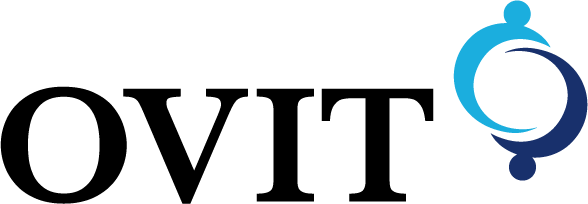Seeing the whole picture
One of the most important aspects of automating visual inspection is to look at the entire surface.
In the case of visual inspection, we unconsciously look at the entire surface from the moment we pick it up. If any abnormality is detected, even if it is not a priority area, it is removed.
On the other hand, when a camera is used to inspect a patient, it is often a "one moment in time" imaging & inspection. The blind spot or backside of the camera is not inspected at all. No matter what kind of major abnormality is found there, it is of no concern.
Therefore, it is essential to look at the "full surface".
Even if it is just one surface, an inspection that only measures a part of the dimensions or area of a part of the area does not mean that the entire surface is being looked at. I think it is still necessary to look at the entire surface using an algorithm that compares it to a good product.
Inspect all surfaces in full to see if they are the same as the good ones. Simply doing so will eliminate most complaints.
The only problems that remain would be when the definition of good products is ambiguous because they are too varied, or when there are abnormalities that cannot be seen unless they are blown up by hand and subjected to specific lighting conditions. Since breakthroughs in this area have been found, automation of visual inspection is no longer technically difficult.
And then there's... the rasta, the return on investment issue...

